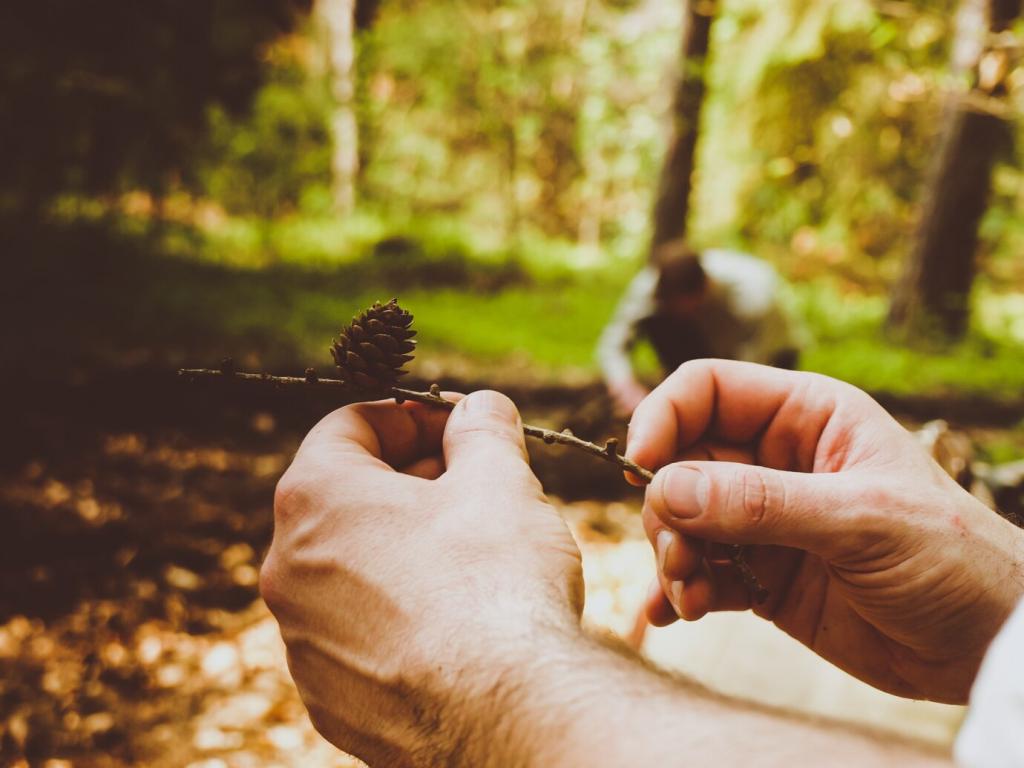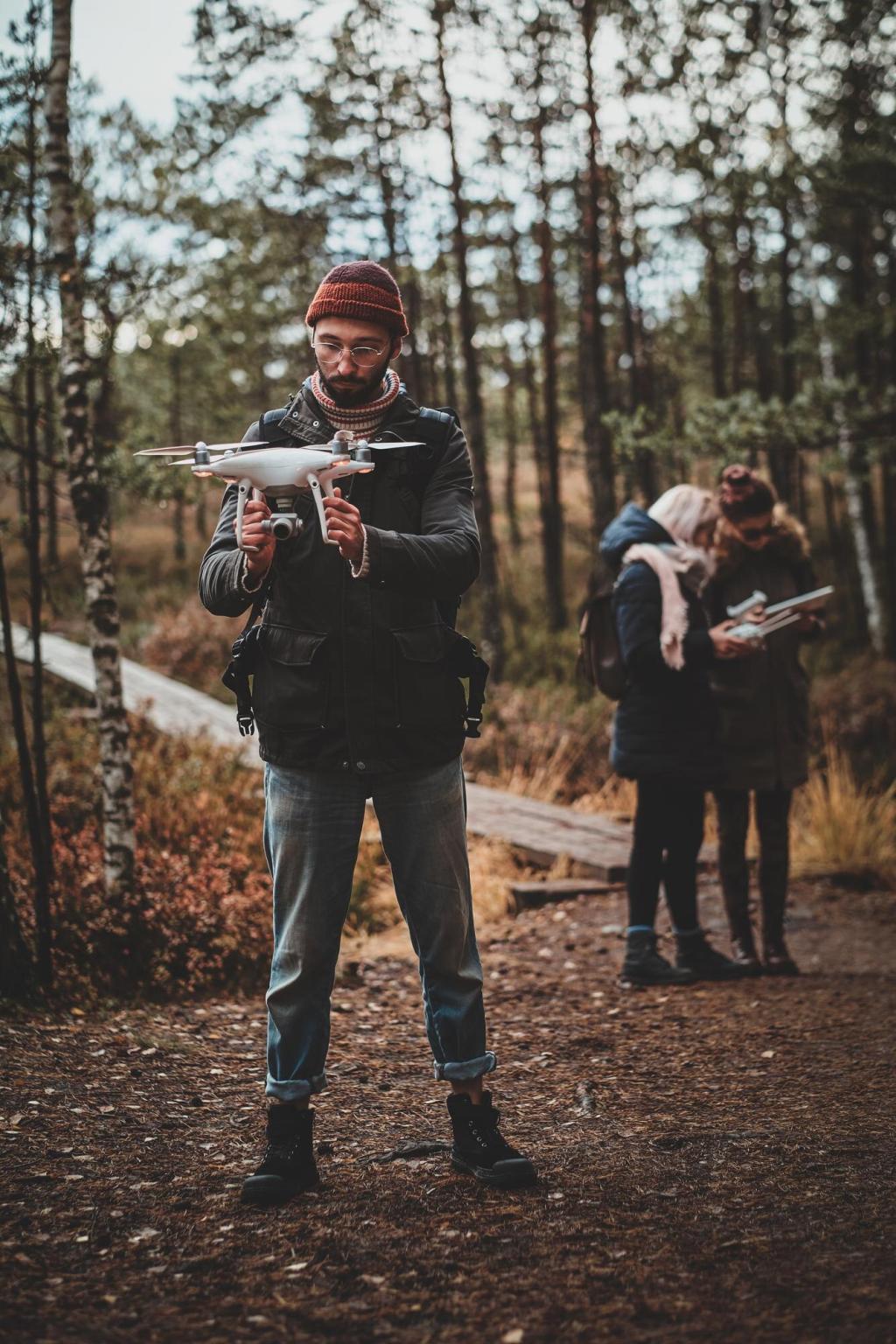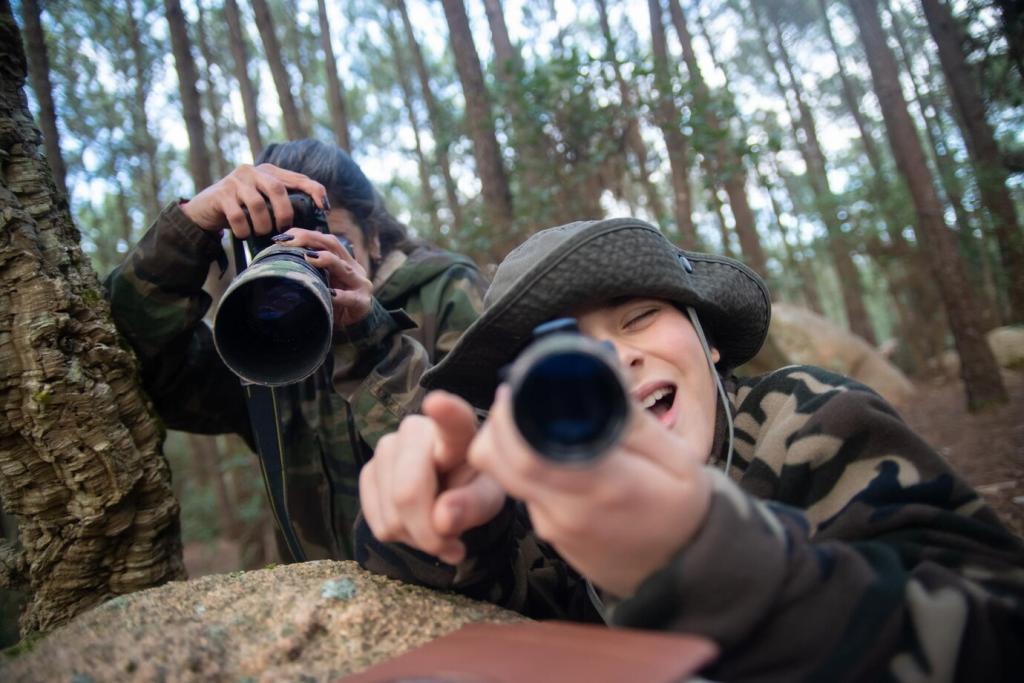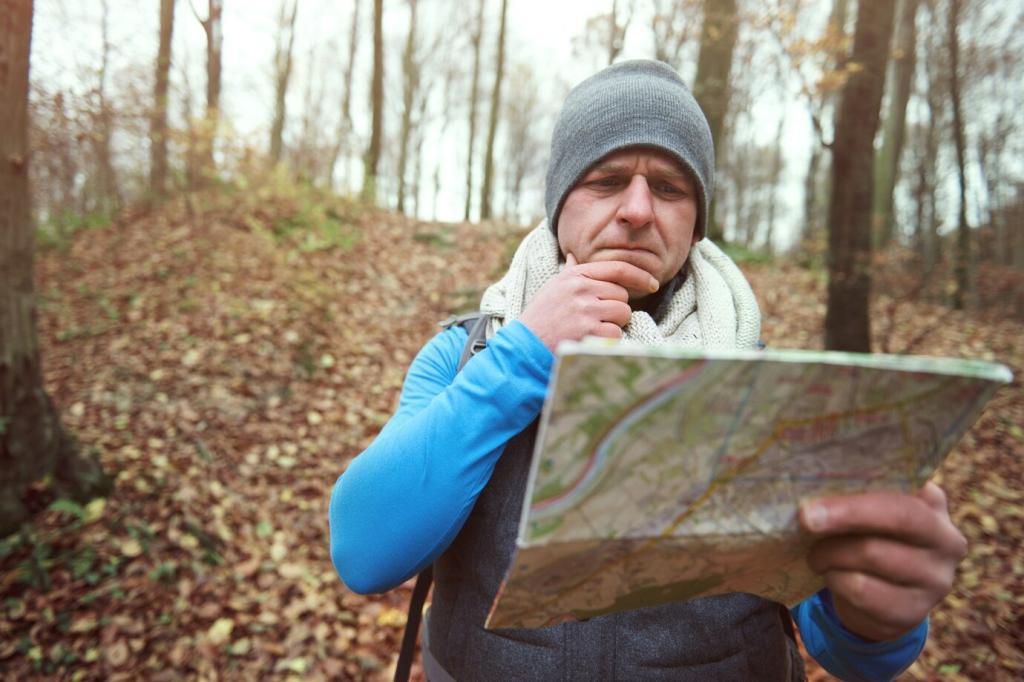Why hunting laws safeguard both people and wildlife
A century ago, unregulated markets and habitat loss pushed many species toward collapse. Laws transformed that crisis into stewardship, aligning hunters, biologists, and communities. Share how your region recovered key species, and subscribe to follow evolving protections that keep those gains secure.
Why hunting laws safeguard both people and wildlife
Seasons avoid sensitive breeding periods and safeguard young, while bag limits spread opportunity and preserve populations through tough winters and variable food cycles. Have you seen a season change where you hunt? Tell us how it affected wildlife behavior and hunter decision-making.





